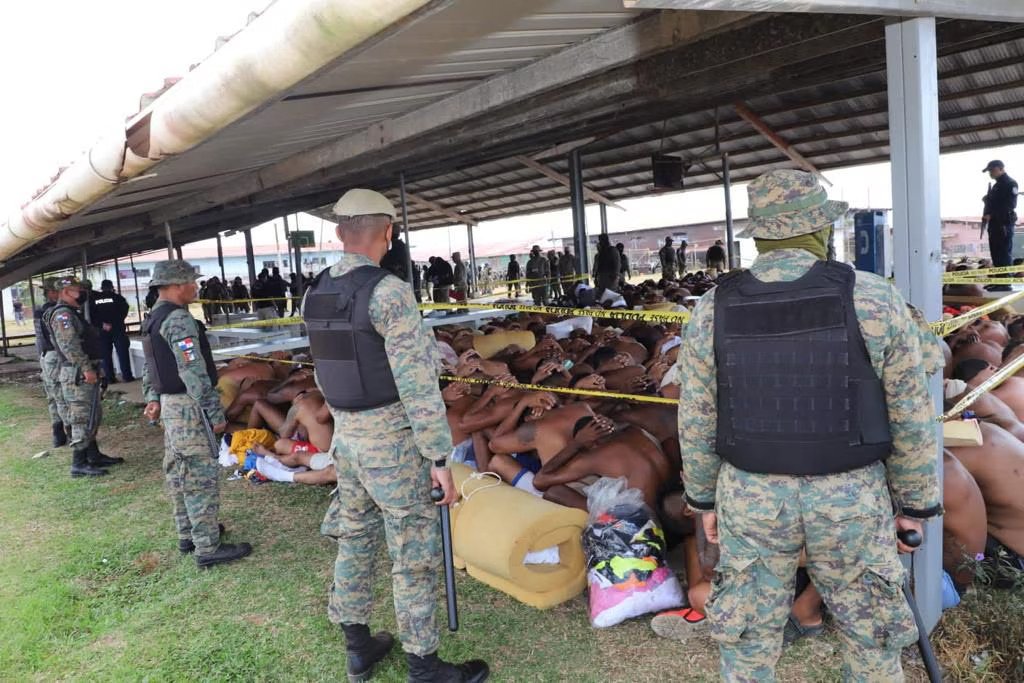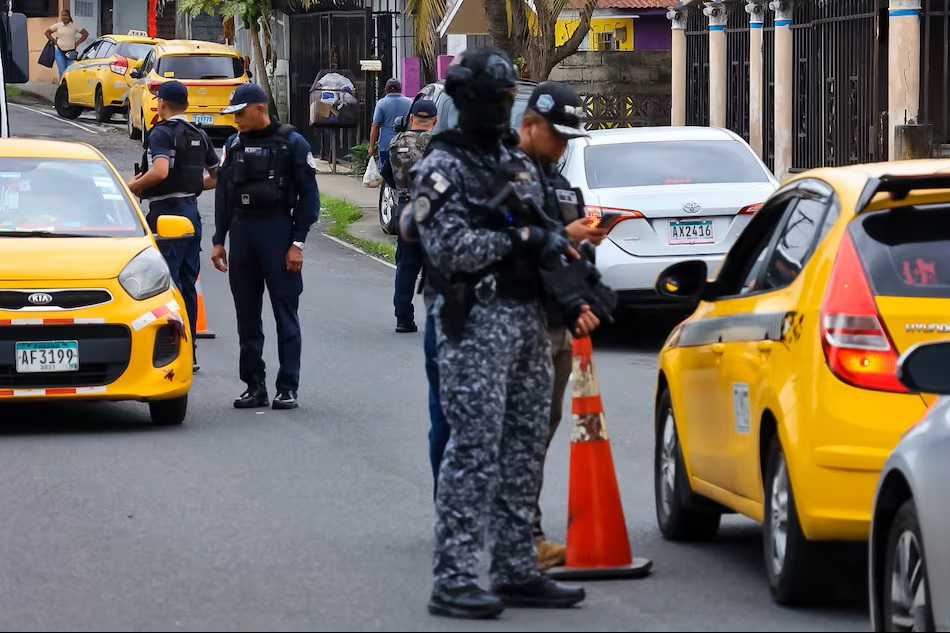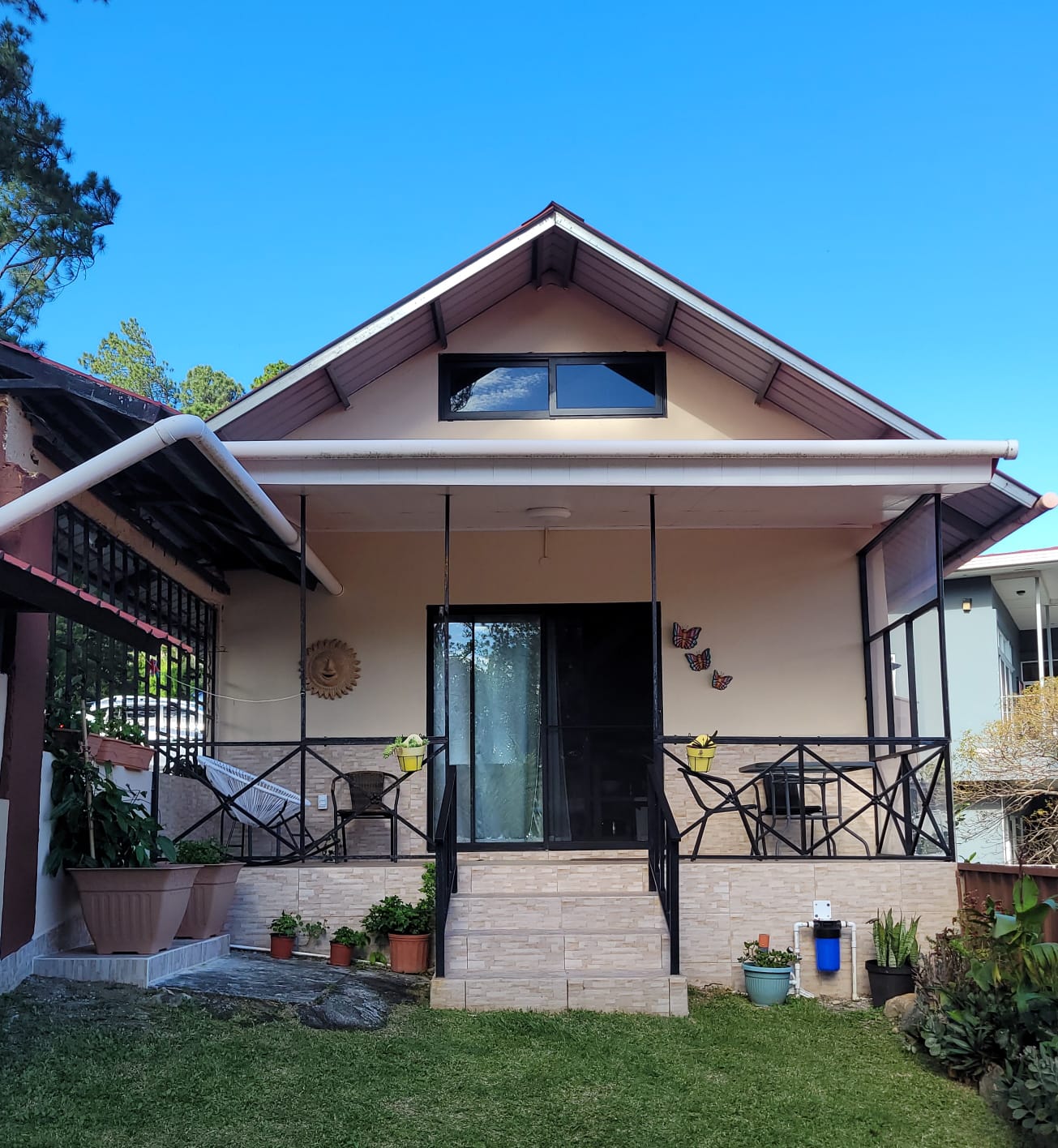Overcrowding in Panama prisons continues to grow

Despite the gradual implementation of the Accusatory Penal System (SPA), which sought to speed up the time for criminal proceedings, promote alternative methods of conflict resolution, and limit the number of people in preventive detention, the figures of the Directorate of the Penitentiary System reveal that the prison population has grown and, until June, there were 22,744 inmates.
In 2020, there were 17,967 people in Panamanian jails; in three years the figure rose by 4,777 creating another problem: overcrowding.
The most overcrowded prisons are La Joya and La Joyita.
65% of inmates are sentenced and the remaining 35% are waiting for their process to conclude under provisional detention.
Former prosecutor Rolando Rodríguez told La Prensa that the overcrowding of prisons reflects the absence of adequate management structures to achieve the resocialization of those deprived of liberty.
With the advent of the SPA it was thought that a decrease in the number of prisoners would be achieved, but the reality has been different. He thinks that Panamanian society was not prepared for a system that promotes the alternative solution to conflicts and that, on the contrary, requires that whoever offends be behind bars.
He stressed that the feeling of abandonment produces social resentment in the detainee, generated by the violations of their human rights within the prisons.
Criminologist Julio Alonso stressed that despite the demolition of the Modelo prison in 1996 and the inauguration of La Nueva Joya in 2014, overcrowding in prisons has grown to reach today’s figures.
No classification
He said there has never been a process for classifying inmates and that inmates prosecuted for serious crimes are placed in the same as inmates accused of minor crimes.
Alonso argues that this is the perfect combination for the emergence of criminal groups that operate in various areas of society and that are a reflection of what we see on the streets. So, he says, the solution would not be to build prisons with greater capacity but to apply reinsertion programs to give the offender an opportunity to get away from criminal life.
Figures from the Penitentiary System detail that in La Nueva Joya there is no overcrowding
While the prisons of La Joya, with a population of 3,863 and an overcrowding of 1,568 detainees, and La Joyita, with 4,532 inmates and an overcrowding of 2,837 Both agree that as long as there is no defined prison policy and preventive detention is the most used precautionary measure in the system, the figures for overcrowding in prisons will continue to increase.





